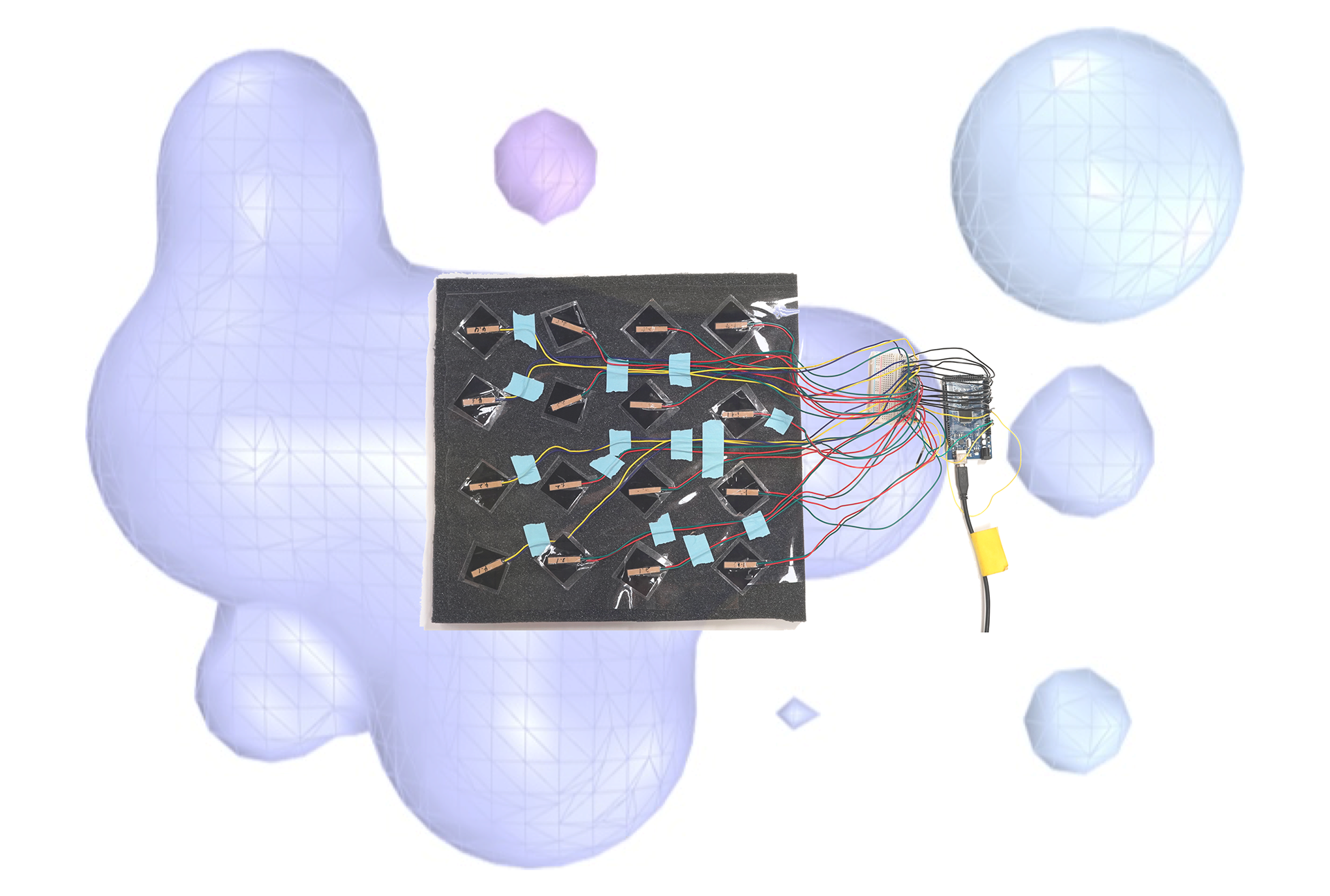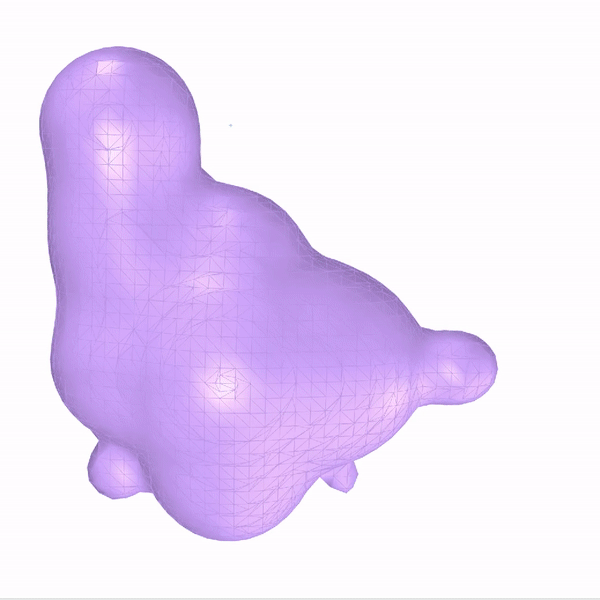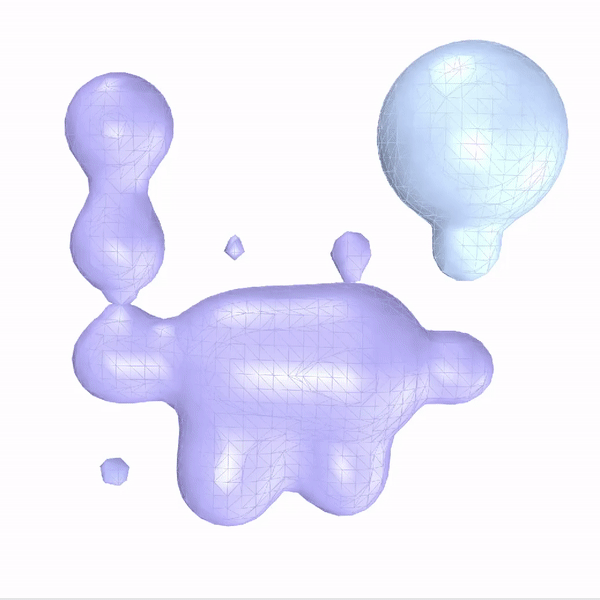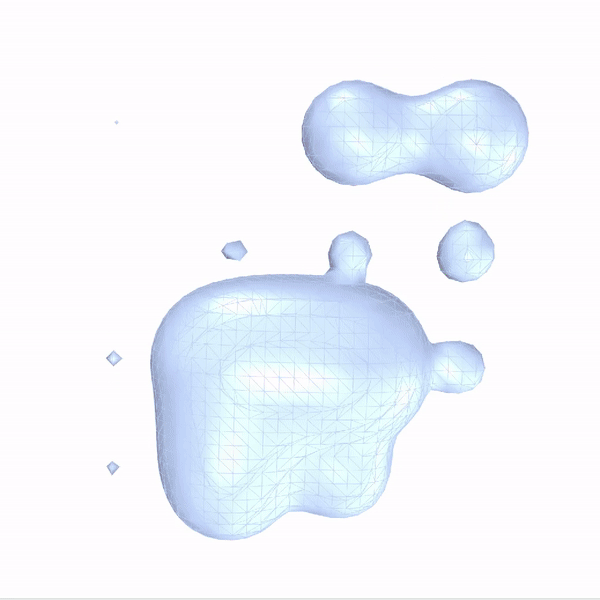METABALL
a sitting posture visualizer (cushion, hardware, software)BACKGROUND
Some of the recurring challenges for sitting postures are awareness and the lack of a subsequent action of adjusting posture. For example, one might not be immediately aware of the physical signs of a harmful posture, or isn’t made immediately aware of it. In addition, despite knowing corerct posture from a doctor’s recommendation, a person might choose not to act on it because they associate it with negative feelings of incompetence. Design can contribute to the success of these interventions by considering the role of a users’ context and psychological needs.

DESIGN
Instead of tables, graphs and text, Metaball is a peripheral visualization tool that shows users what pressures their seated body is experiencing. Each pressure sensor on the 4x4 grid maps to the size of a corresponding sphere in 3D software. Larger spheres merge together. The hope is that viewing the dynamic visualisation leaves space for users to respond and adjust accordingly. As one begins to improve and take note of their posture, they begin to feel competent and autonomous (two core psychological needs; see self-determination theory).Areas of largest pressures fuse into large clusters. The color also reflects pressure: lighter pressures are sky-blue, and higher ones are of a more purple hue.



With experience, the forms and colors become intuitive. They turn into a visual analogy for interroception.
If the need arises, the same pressure data may serve as a common subject of discussion. In other words, the visual becomes the tool through which one can discuss behaviors and feelings with medical professionals. In turn this bypasses the need for using medical jargon and instead enables feelings of competence during check-ins with doctors.
Tech/prototype:
RISD, 2019
Collaborative project with Yuqing Ma and Wen-Yu Du
Collaborative project with Yuqing Ma and Wen-Yu Du
In a nutshell:
Metaball has 16 pressure sensors (in a 4x4 square ) inside the cushion. When someone takes a seat, the data transfers to the program and demonstrates movements on the screen. The visualization is a cloud-like geometry that morphs according to the way pressure is distributed.
In depth:
The cushion is made up of 16 DIY/home-made (studio-made?) pressure sensors that are read by an Arduino. Each pressure sensor is unique and requires slight calibration. The arduino then prints values through Serial, feeding it into Grasshopper, the rhino extension program. Grasshopper can read USB Serial data with a plugin called Firefly.
To visualize the pressure, begin by setting up 16 points (4x4), separated by a distance that matches the distribution of the sensors on the chair's surface. Connect those points to Grasshopper, then to Arduino's serial data through Firefly. Finally link the diameter of each ball to the sensitivity of the pressure sensors to get the accurate data visualization.
The metaball effect makes adjacent balls merge when they are sufficiently large.
Consequently when someone takes a seat, the areas of largest pressures fuse into large clusters.